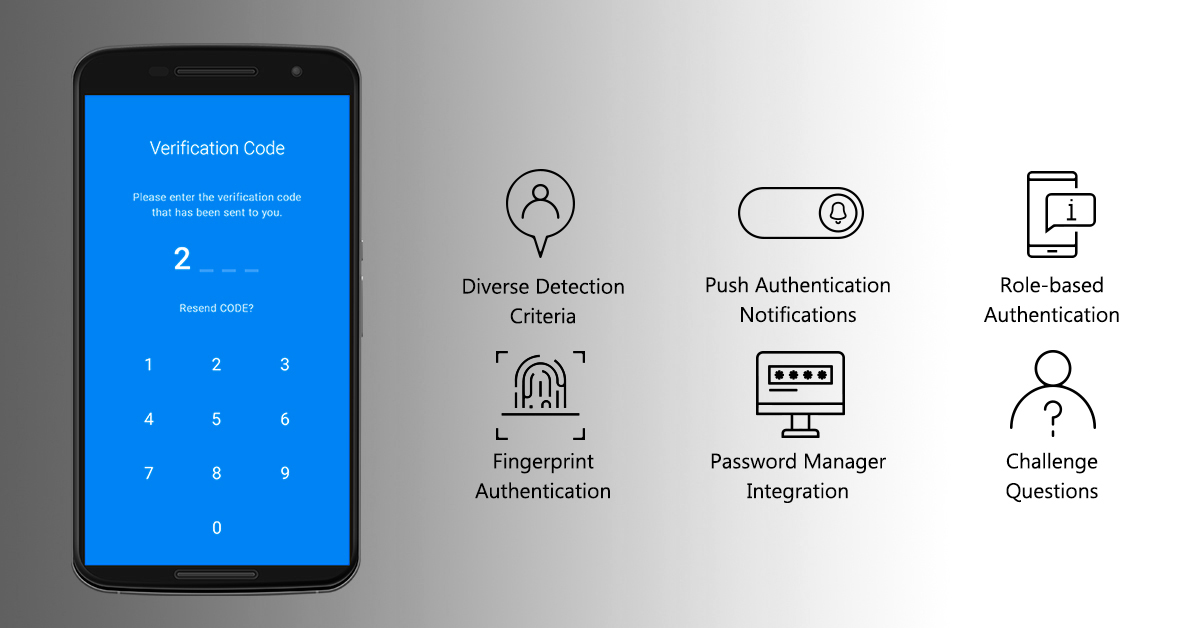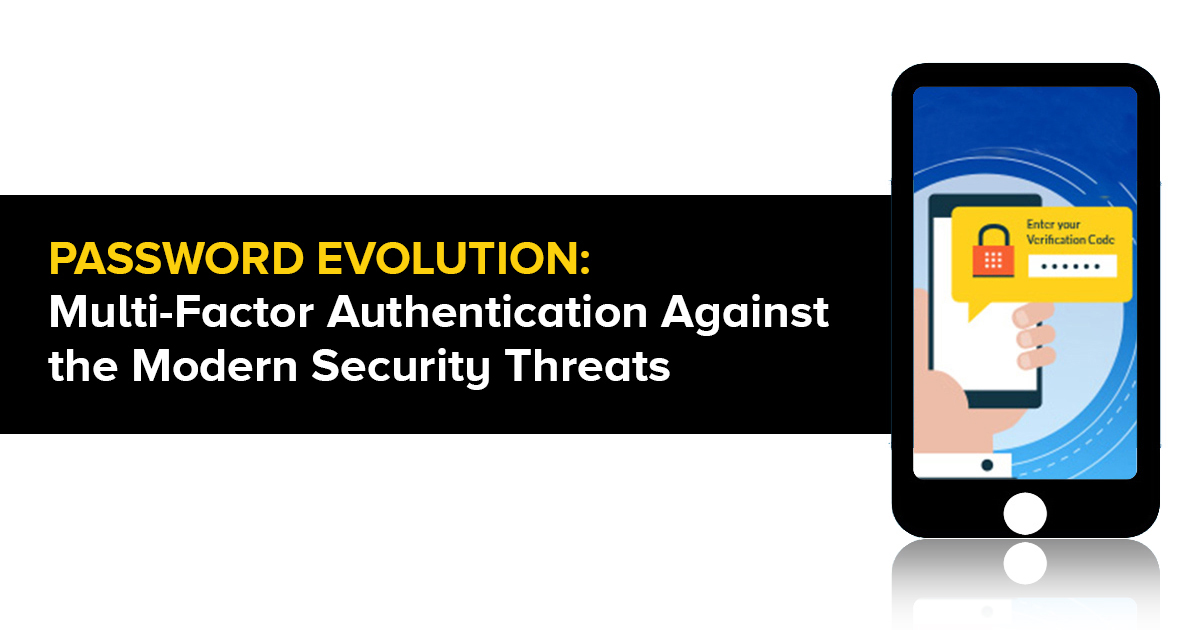Password Evolution: Multi-Factor Authentication Against the Modern Security Threats
Cybercrime; The $1.5 trillion problem!
Cybercrime industry, I mean the business, is supposed to generate $1.5 trillion in 2018. The business surely seems to generate a massive revenue, which is roughly equal to the revenue of the whole technology sector in U.S. and more than that of Walmart or Apple. Scary, right?
Majority of these illicit happenings take place due to the compromise of credentials. Where, most of us think that setting up strong passwords is a good way to go, cyber criminals think the other way. They know how to morph their methods in such a way that the access to the accounts stays easy for them. However, in the middle of data breaches making headlines in the news every day, relying on the bliss of ever evolving technology is imperative.
Using MFA
MFA (Multi-Factor Authentication) arises as one of the best way outs to stay clear of data security risks. MFA adds an extra layer of security to your system, ensuring reduced data breaches. By adding multi-factor authentication in the system, users need to provide another piece of evidence to access the account/s. The very piece of evidence can be in the form of one-time password, push-notification, email, or any other chosen authentication way out. Be it for the personal use or the organizational benefits, sticking to MFA is indeed helpful.
Why MFA is Not an Option but a Need?
Latest Technologies Demand Advanced Security – Today, every technology is on our fingertips. We do not need to physically go anywhere to get most of the work done. From banking to social media, we can transfer payments or communicate with other people with the help of technology. However, the bliss doesn’t stand alone, it comes with its repercussions. If technological advancements are helping in solving problems, the same are also empowering cyber criminals to opt for advanced way outs to indulge into illicit activities. Thus, deploying extra security layers in the system with the help of MFA is desirable.
Because Passwords Can’t Help You Completely – We are living in a world, where around 81% of data breaches happen due to hacked passwords. This implicates that relying solely on set passwords is certainly not a smart move. Hackers undergo phishing, keylogging, and pharming to retrieve passwords and intrude privacy, thereby, formulating an extra layer of security is a must.
Adaptive Multi-Factor Authentication – The time has come for higher ed institutions to move a step ahead and say yes to modern authentication way outs. Adaptive Multi-Factor Authentication prompts the users to verify their identity when the system detects irregular behavior such as the user logging in from an unknown device, at irregular time, and/or from an unusual location. In this way, the user experience is not hampered, and the risk analysis is largely kept transparent to the user.

The Bottom Line Is
Identity theft or such illicit proceedings have exceeded the sophistication of many advanced technologies, creating grave security concerns among all. Yahoo, the once biggest internet giant, has not been spared by the leash of data breach. In 2017, Yahoo revealed the compromise of 3 billion user accounts, by different hackers, took place in 2013-14. Not only this, other companies like eBay, Equifax, and Uber have also faced such data breaches. No matter how big your organization is or how strong your credentials are, deploying extra security measures in the system is vitally important. Multi-factor authentication is one such progressive step towards cyber security, one must second to deploying. Have you tried MFA yet?

